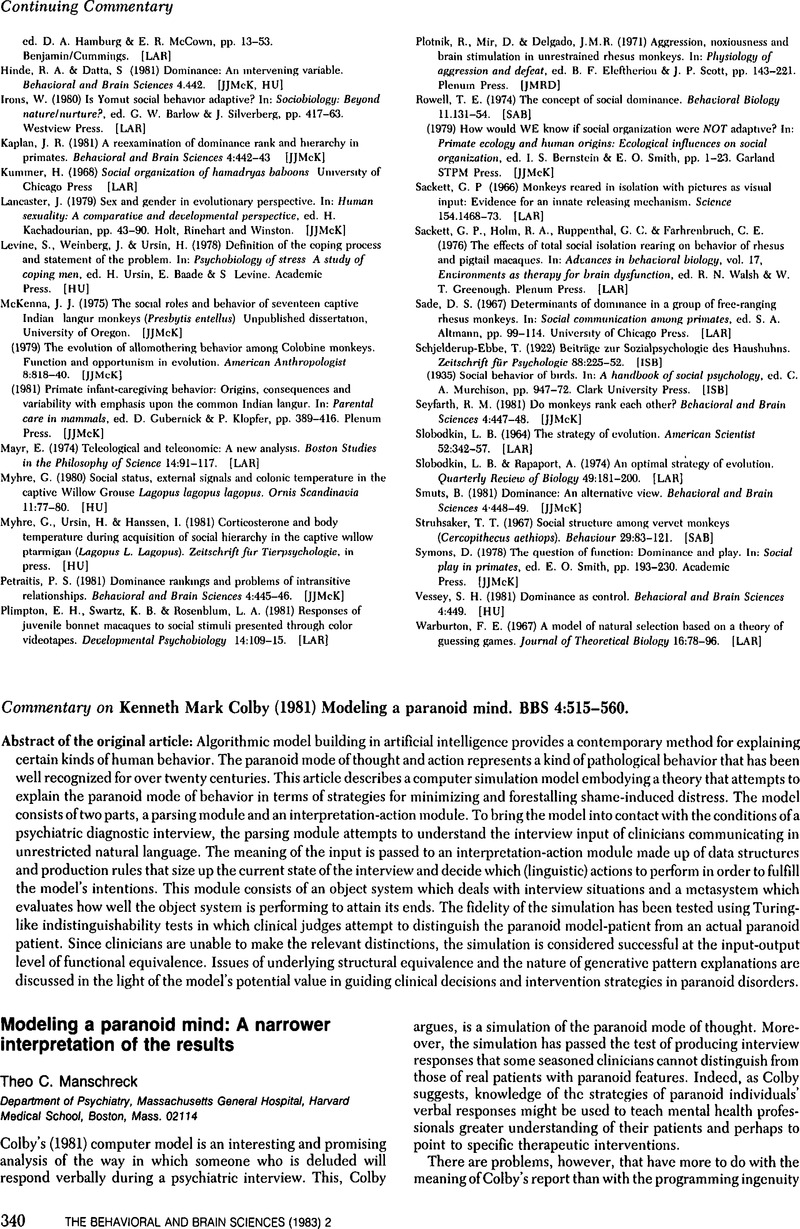Crossref Citations
This article has been cited by the following publications. This list is generated based on data provided by Crossref.
Nissan, Ephraim
2012.
Computer Applications for Handling Legal Evidence, Police Investigation and Case Argumentation.
Vol. 5,
Issue. ,
p.
13.


